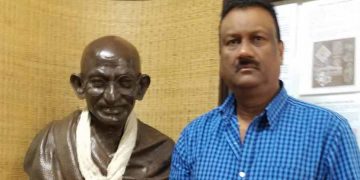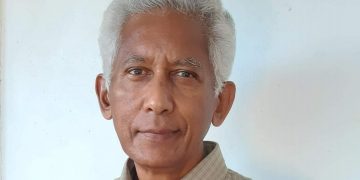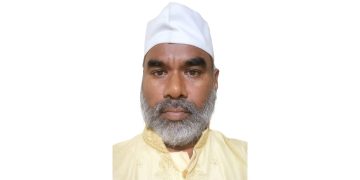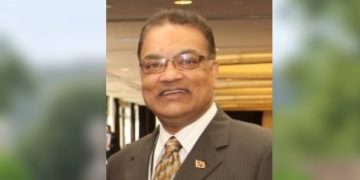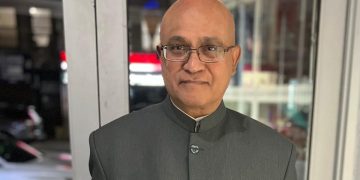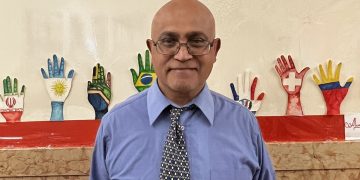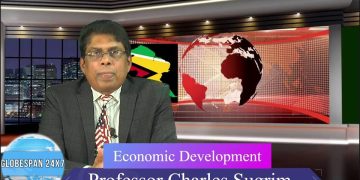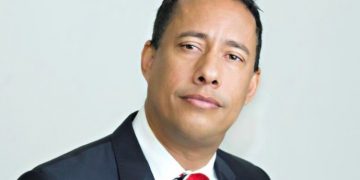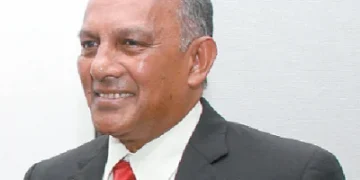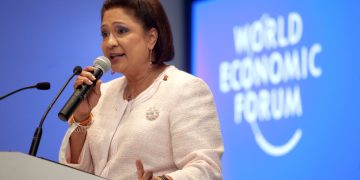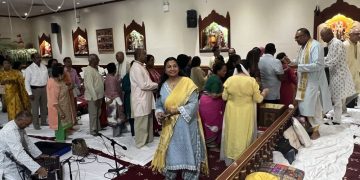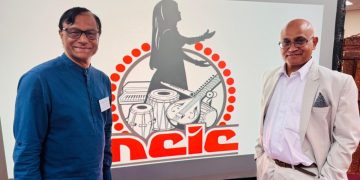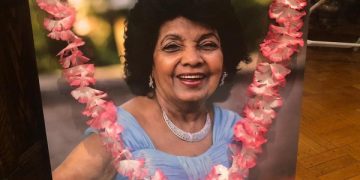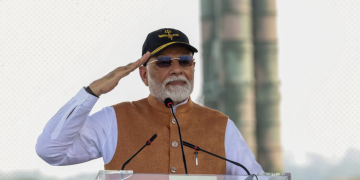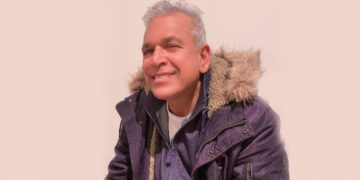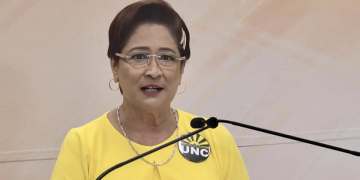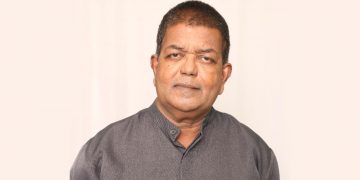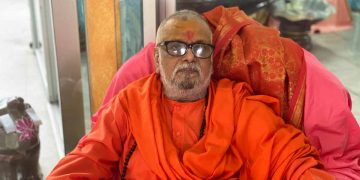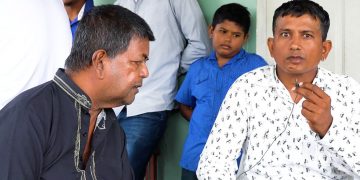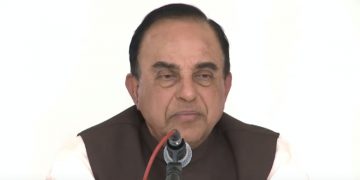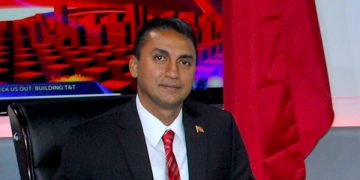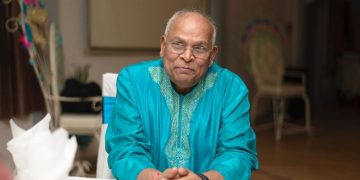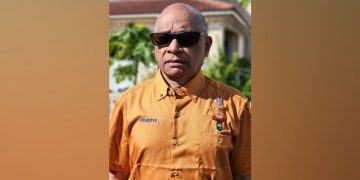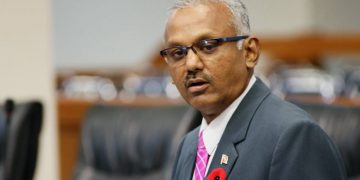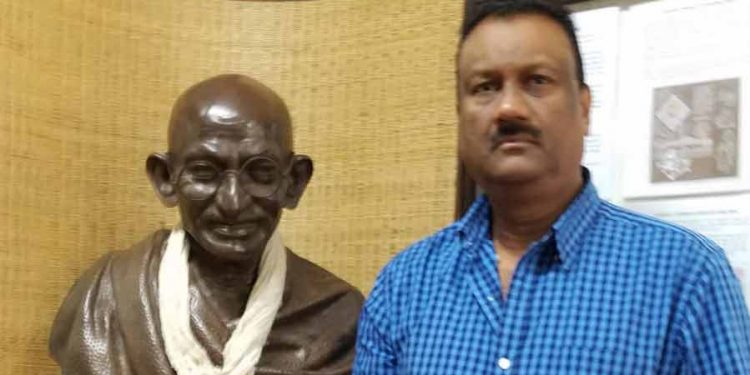Three score minus one year ago, a young nation-state was granted Independence from British Colonial rule. Fifty-nine years later the salient question must be: are we better off today?
A great plus to begin with is the highest ever annual per capita income today of around US$24,000 compared to the 1966 figure of US $350. These figures, however, do not translate into a superior buying power or a better cost of living. Real wages, measured by the Gold Standard, have plummeted as the weekly earnings of a Public Servant or carpenter was G$200 monthly- the equivalent of four ounces gold in 1966; today an ounce fetches US$ 3,200, a conversion to G$675,000. The four ounces purchasing power of 1966 stands equivalent to monthly income G $ 2.7 million! So much for real income where a basket of groceries requires a basket of money.
At the onset of self-rule the Public Service and Police Force were models for developing countries; sadly both have deteriorated into a ramshackle, politically polarized organization – the arrival of computers and modern forensics has made scant impact on its efficiency. Teachers, nurses and other skilled professionals were forced to flee to foreign shores ( during the mid-70’s to mid-90’s theTimehri Airport looked more like the New Delhi Airport ) as the economy tanked under the first Head of State, Forbes Burnham, whose economic policies of co-operative socialism precipated gruesome conditions as children went to school poorly fed, a dark period when numerous essential food items were banned creating overseas barrels and cross border smuggling and trading that provided sustenance for an impoverished nation.
Jobs were awarded to Party apparchnicks, a phenomenon characteristic of post-colonial rule through the globe. The clarion call of Uhuru, the Swahiklian word meaning freedom from colonial shackle, has failed many countries. Martinique born psychiatrist and philosopher Franz Fanon (1925-61) analyzed the sociopolitical impacts of colonialism on both colonizers and the colonized and concluded that the new leaders were not interested in uplifting their fellowmen from poverty; instead, they became a replacement of the previous colonizers. Simply put: Massa days were not done- only the color of Massa had changed. Military expenditure takes precedence in many countries as rulers solidify their powers. In the mid-70’s there were 8 Para-military organizations in Guyana’s crumbling economy.
Poor studies have result in the proliferation technological white elephants as witnessed in many derelict projects in every single country. The Mazaruni Hydro under the PNC and the Skeldon Sugar Factory under the PPP are reminders of the need for accurate studies. As for Independence, even the chosen date, May 26, was (and still is) a deeply contentious one as it was around this date a year ago that many Indian persons were beaten and their homes burnt by mobs in Wismar. The Wismar Commission Report (1965), the ICJ fact-finding commission (1965), pointed to well-orchestrated violence and looting directed towards Indians-a phenomenon still operating to this day
The PNC’s history of electoral fraud—1968, 1973, 1980, and 1985—is well documented, while the dreaded kick-down-door bandits ravaged the country in the mid 80’s and many fingers pointed to US fugitive Rabbi Washington who got protection from the tyrant. Guyana is a clear cut case under the PNC dictatorship. A simple example is Sub-Saharan Africa with 34 countries where, a decade ago, 28 were one party states or military dictatorships.
The year 1992 saw an end to totalitarianism rule with avowed Marxist Cheddi Jagan assuming the reins of power. Much progress has been made in infrastructure development and housing but alcohol abuse and high crime rates now envelop the land of many waters. There is great freedom of speech and travel. Sadly, Guyana has the second highest suicide rate in the world, while its population still hover around 800,000 for the past 60 years.
Where do we stand today as a nation? We have come a far way from the dictatorship era but much cabinet decisions follow cloudy procedures and communication to the populace has not been in good standing. The fault lines of racism and party favoritism remain fragile.
In conclusion, for the greater portion of Independence, most countries have failed but Guyana is at the crossroads of a bright future with huge oil income exceeding US $1.5 billion annually. But the lines at the passport offices and the US Embassy have gotten longer since Independence.
Leyland Chitlall Roopnaraine
